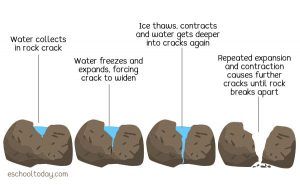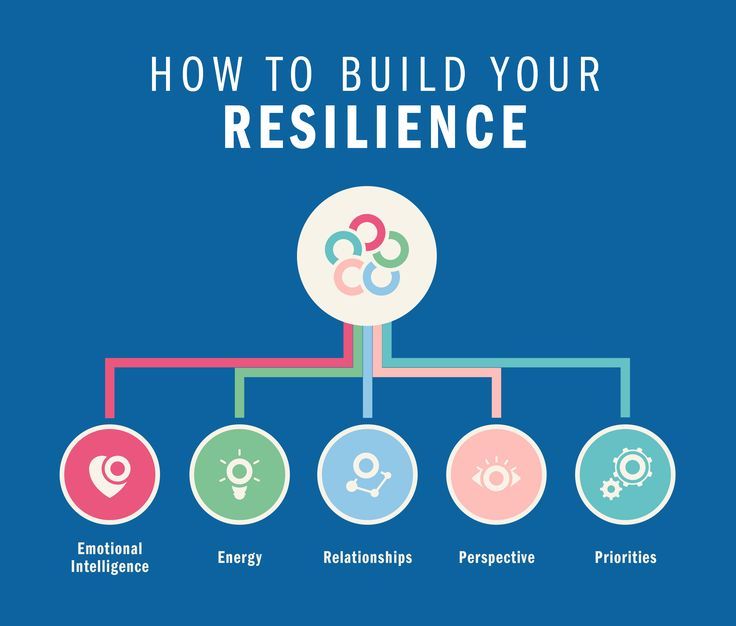When it comes to spending time outdoors, one of the key factors that determine our comfort and enjoyment is the ability to withstand the elements. Whether it's scorching summer heat, heavy rain showers, or chilly winter winds, having outdoor spaces that are designed to withstand all seasons is crucial. In this article, we will explore the importance of weathering the elements and how you can ensure the durability and longevity of your outdoor spaces.
1. Understanding the Impact of Weather
Weather is a powerful force of nature that can cause significant wear and tear on outdoor structures and furniture. Exposure to extreme heat, UV radiation, rain, snow, and frost can cause materials to fade, crack, warp, and deteriorate. Understanding the specific weather conditions in your region and their potential effects on your outdoor elements is the first step towards creating a resilient outdoor space.
2. Choosing Weather-Resistant Materials
When it comes to selecting materials for your outdoor spaces, opting for weather-resistant options is essential. Wicker and teak are popular choices for outdoor furniture due to their ability to withstand temperature variations and moisture. Aluminum and stainless steel are excellent options for structures such as pergolas and gazebos as they are rust-resistant. Additionally, consider using outdoor fabrics that are designed to be fade-resistant and waterproof for cushions and upholstery.
3. Proper Maintenance and Cleaning
Regular maintenance and cleaning can go a long way in preserving the strength and appearance of your outdoor spaces. Perform routine inspections to identify any signs of damage, such as cracks, loose screws, or chipped paint. Address these issues promptly to prevent further deterioration. Clean your outdoor furniture and structures regularly using mild soap and water, and avoid using harsh chemicals or abrasive cleaning tools that can cause damage.
4. Protective Coverings
During extreme weather conditions or prolonged periods of non-use, using protective coverings can provide an extra layer of defense for your outdoor elements. Waterproof covers for furniture, grills, and other outdoor appliances can shield them from rain and snow. Similarly, investing in breathable covers for plants and delicate outdoor decorations can protect them from frost and wind.
5. Incorporating Sheltered Spaces
Creating sheltered areas within your outdoor spaces can help protect you and your guests from harsh weather elements while still enjoying the great outdoors. Consider adding pergolas, awnings, or umbrellas to provide shade during hot summer days. Install windbreakers or screens to shield your outdoor spaces from gusty winds, allowing you to enjoy the outdoors even on windy days.
6. Seasonal Adjustments
As the seasons change, your outdoor spaces may require certain adjustments to ensure their longevity. For example, during the winter months, it's important to store outdoor cushions and fabrics in a dry, protected area to prevent moisture damage. Additionally, consider using de-icing products on pavement and walkways to prevent slips and falls. Making these proactive adjustments can help maintain the strength and safety of your outdoor areas throughout the year.
Conclusion
Weathering the elements is crucial if you want your outdoor spaces to remain functional and aesthetically pleasing in all seasons. By understanding the impact of weather, choosing weather-resistant materials, implementing proper maintenance and cleaning routines, using protective coverings, incorporating sheltered spaces, and making seasonal adjustments, you can ensure the durability and longevity of your outdoor areas. Embrace the beauty of nature without compromising on the strength of your outdoor spaces!



